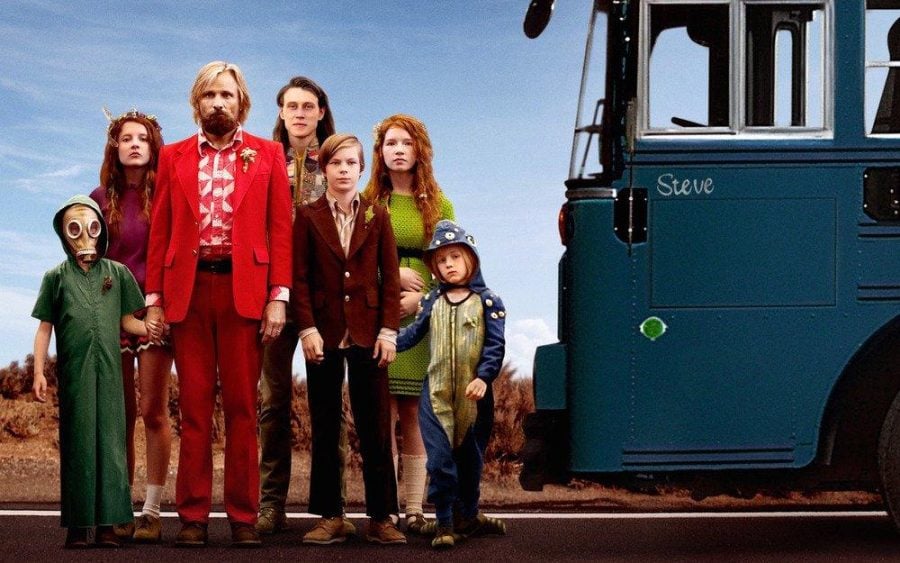In Chicago’s Bucktown neighborhood, a well-known staple for globetrotters and local craft beer lovers is The Map Room. The flagbearing fence outside features those of Cuba, Antigua and Barbuda, Trinidad and Tabago, Kiribati and Saint Kitts and Nevis whereas the inside comprises of pretzel sticks at the bar, “The Simpsons” on the TV and a profound selection of craft and Trappist beers.
Here, I got to converse over a delightful Trappist beer with the authors of Trappist Beer Travels, the first American book to provide complete coverage of abbey histories, beer profiles and extensive inside knowledge of all 11 Trappist breweries in the world.
The journey began as two beer-loving writers, Caroline Wallace and Sarah Wood, contributed to the all-women-run beer blog BitchBeer.org. As their extensive coverage of breweries, industry professionals, national beer events, and simple tasty beers began to grow exponentially, the trio took on their next big endeavor: Trappist beers.
Communities known as Trappists and Trappistines create handmade goods of high quality that service and sustain the needs of the monastery. Of course, one of these products is beer. Under the Rule of St. Benedict, these sheltered Roman Catholic monastics in distinct locations around Europe and the United states, brew some of the world’s most intricate beers. Now what makes it a Trappist beer? There are a few signifiers that comprehensively make it so.

(Photo Courtesy of Tyler Malone)
“Put simply, to qualify as an authentic Trappist beer, the beer must be brewed at a Trappist monastery either by the monks themselves or under their supervision,” Wallace said. “Any income from those beers goes back to directly support the continuation of the monastery, and anything left over is to be donated to charity.”
There are 11 Trappist breweries in the world. The authors traveled to each one, conducted interviews with monks, toured the breweries, snagged photos, and gained extensive knowledge of the reputation that give these beers their exceptional quality and influence.
Their travels took them far and abroad to six breweries in Belgium, two in the Netherlands, one in Austria, another in Italy and even one in the United States for a Trappist brewery in Massachusetts. The complete Trappist brewery trip totaled over 1,000 miles all in search for some damn good beer.
Trappist beers are not a sole ‘style’ of beer. Trappist monasteries are producing tripels, dubbels, IPA’s and even Imperial Stouts. The growth of the monasteries and the beers that they’re producing is distinctly changing. It’s the evolution of the breweries and the consumers that initiated the trek for these authors. Cloistered Trappist monasteries have beers for sale all over the world and that reliable significance is a lot of the motivation behind the book.
“Like most of the best ideas we’ve ever come up with, we dreamed up the idea for this book over a few beers. Taking a trip to all of the world’s authentic Trappist monastery breweries was kind of the ultimate bucket list item,” Wallace said. “We became convinced that it was the right time for a book such as this one because of the recent growth in the brewing landscape around the world and our desire to really go back to the beginning and tell the stories of these pioneer breweries.”
Wallace – along with her writing partner Wood – previously penned the book Austin Beer: Capital City History on Tap that details the dynamic shift of craft beers in Austin from the end of the twentieth century to the beginning of the twenty-first. Upon completion, Trappist beers became the next area of interest and the duo welcomed Jessica Deahl to the team, a Chicago-based illustrator. Deahl’s expertise in art provided illustrations and pictures of the ins and outs of the Trappist monasteries and the mapping locations of their travels.
Although the three authors completed the task off their bucket list, there may be a call for visiting some up and coming monasteries. The 11 authentic Trappist monasteries remain alone in their pursuits, but surprisingly, four out of the 11 have acquired the authenticity in just the last five years.
“The road to starting a brewery is always a long one. From financing, to build out, to recipe development, it can take years. Add on to that the process of obtaining certification from the International Trappist Association to bear the Authentic Trappist Product mark, which is contingent on quality, taste, and adherence to strict criteria, it’s an even longer process,” Wallace said.
A Trappist monastery in Spain, the Monasterio de San Pedro de Cardeña, currently sells their brews at an outside facility. Production is in the works to be moved inside the monastery, but the process of obtaining that certification and the Trappist Product mark is the only draw back. After a few years, Trappist monastery number 12 will be on the map.
“These monks obviously choose to live their lives in a very isolated, thoughtful, quiet way. Yet for many of them, their beers are known all around the world. That paradox was really interesting to us, and was something that had only seldom been explored in an in-depth way like this. The possibility of a Spanish Trappist brewery is an exciting one to us,” Wallace said.
Their book, Trappist Beer Travels, was recently released under Schiffer Publishing, Ltd., and is available for hardcover purchase on Amazon.



